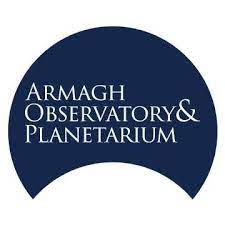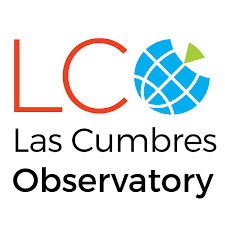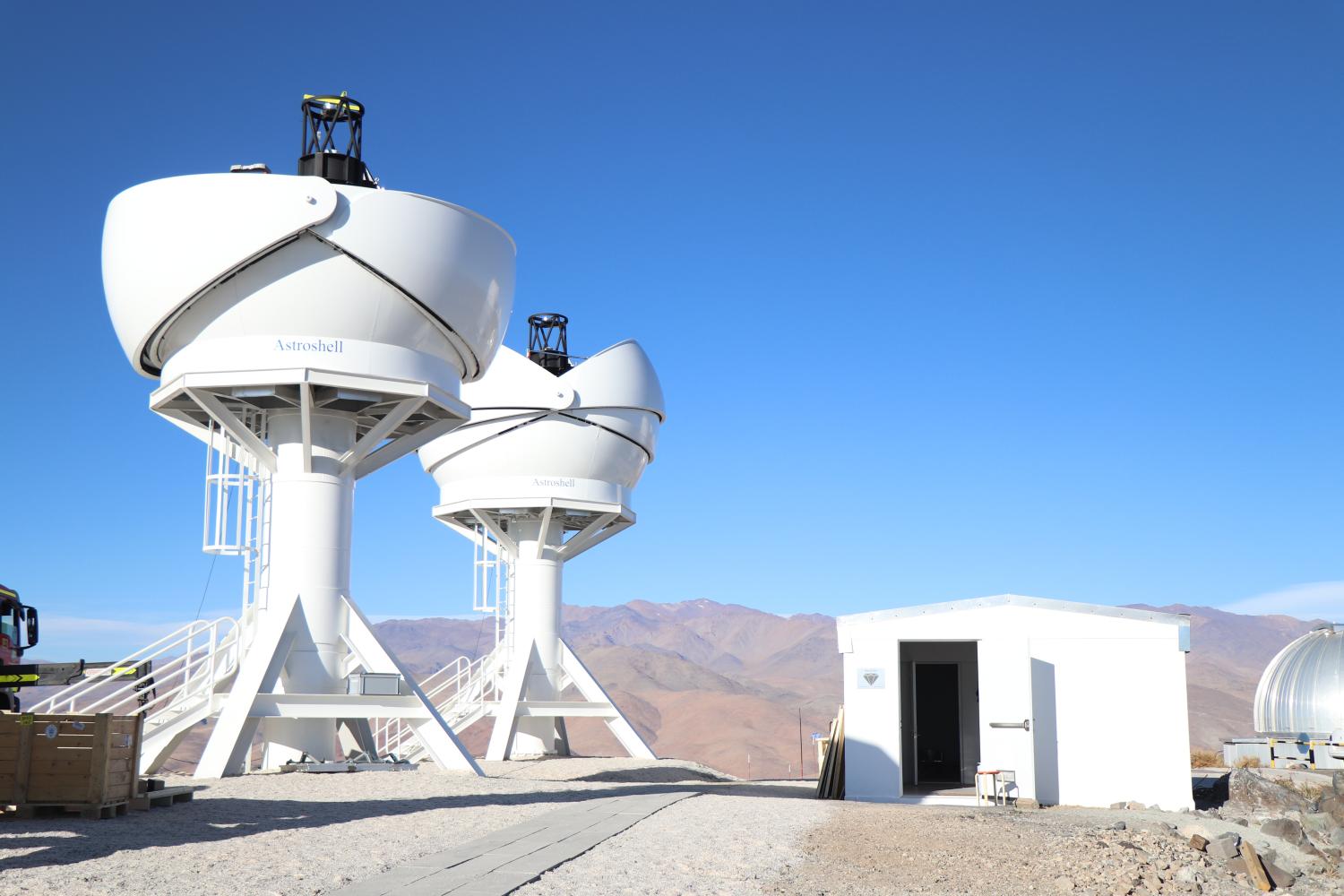BlackGEM is a wide-field telescope array dedicated to measure the optical emission from pairs of merging neutron stars and black holes. BlackGEM will be triggered by the Advanced LIGO & Virgo gravitational wave detectors. BlackGEM will be fully operational in spring 2024. The prototype system MeerLICHT was installed in July 2017 and remains operational at the SAAO Sutherland site in South Africa, also during the current covid-19 pandemic.
The BlackGEM telescope will construct a multicolored movie of the dynamic and variable Southern skies! BlackGEM starts with 3 telescopes of 65cm diameter, located at ESO La Silla, Chile. BlackGEM covers 8.1 square degrees instantaneously, with three telescopes, each equipped with a 110 Mpix camera, consisting of a single 10.5k x 10.5k CCD sampling the sky at 0.56 ”/pix. BlackGEM achieves seeing-limited image quality (at ~1"), which, in the background limited regime, makes the sensitivity equivalent to that of e.g. the ZTF telescope as signal-to-noise ratio scales with D/σ, where D is the diameter of the telescope and σ the effective spatial resolution.
BlackGEM is designed, built and operated by a consortium consisting of NOVA (Netherlands Research School for Astronomy), Radboud University, the KU Leuven and partner institutes.
An overview presentation of the BlackGEM project can be found here


























